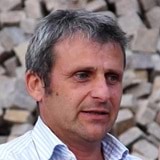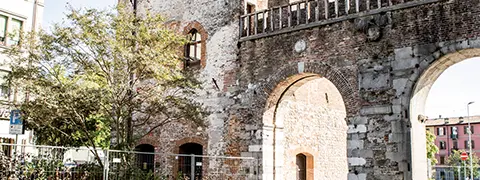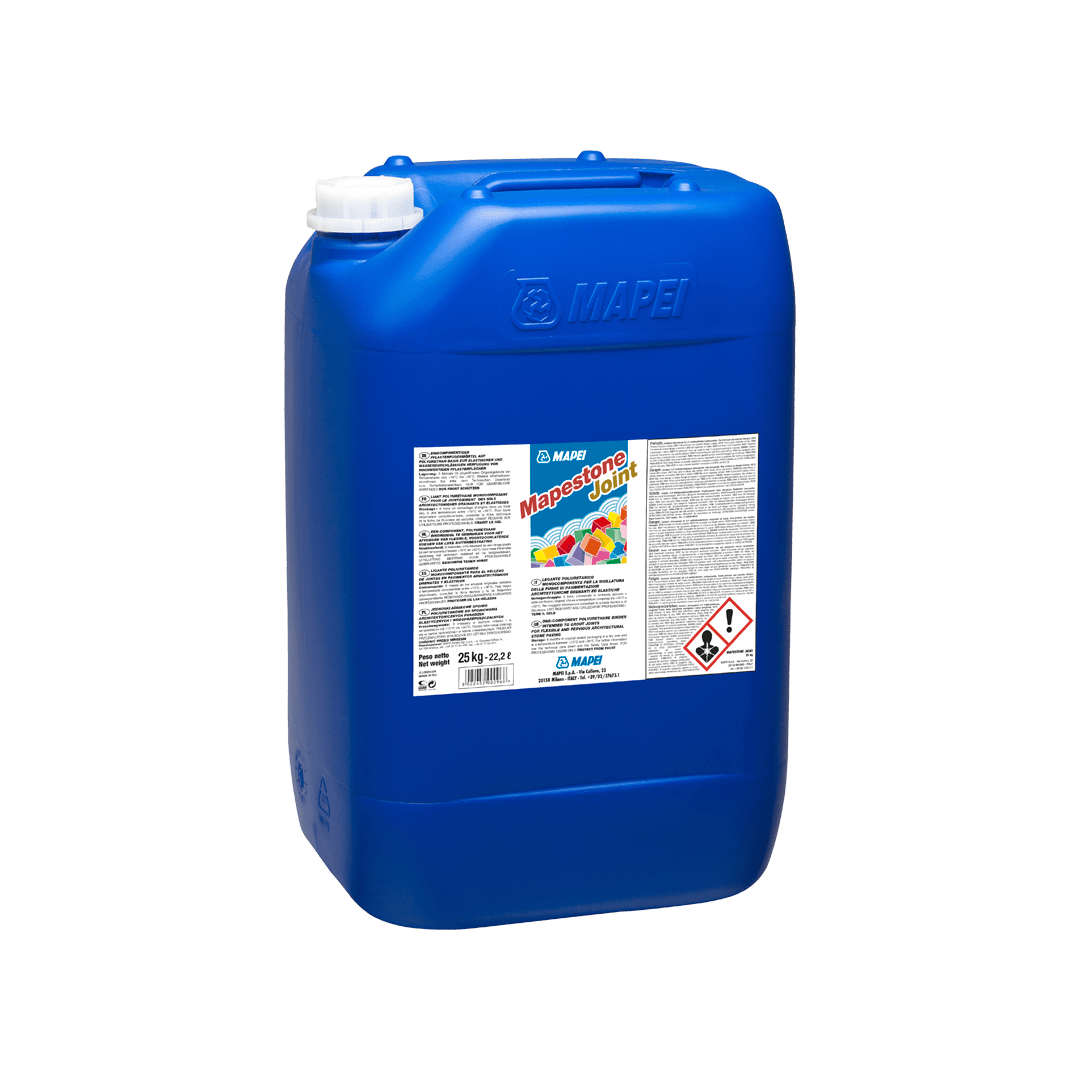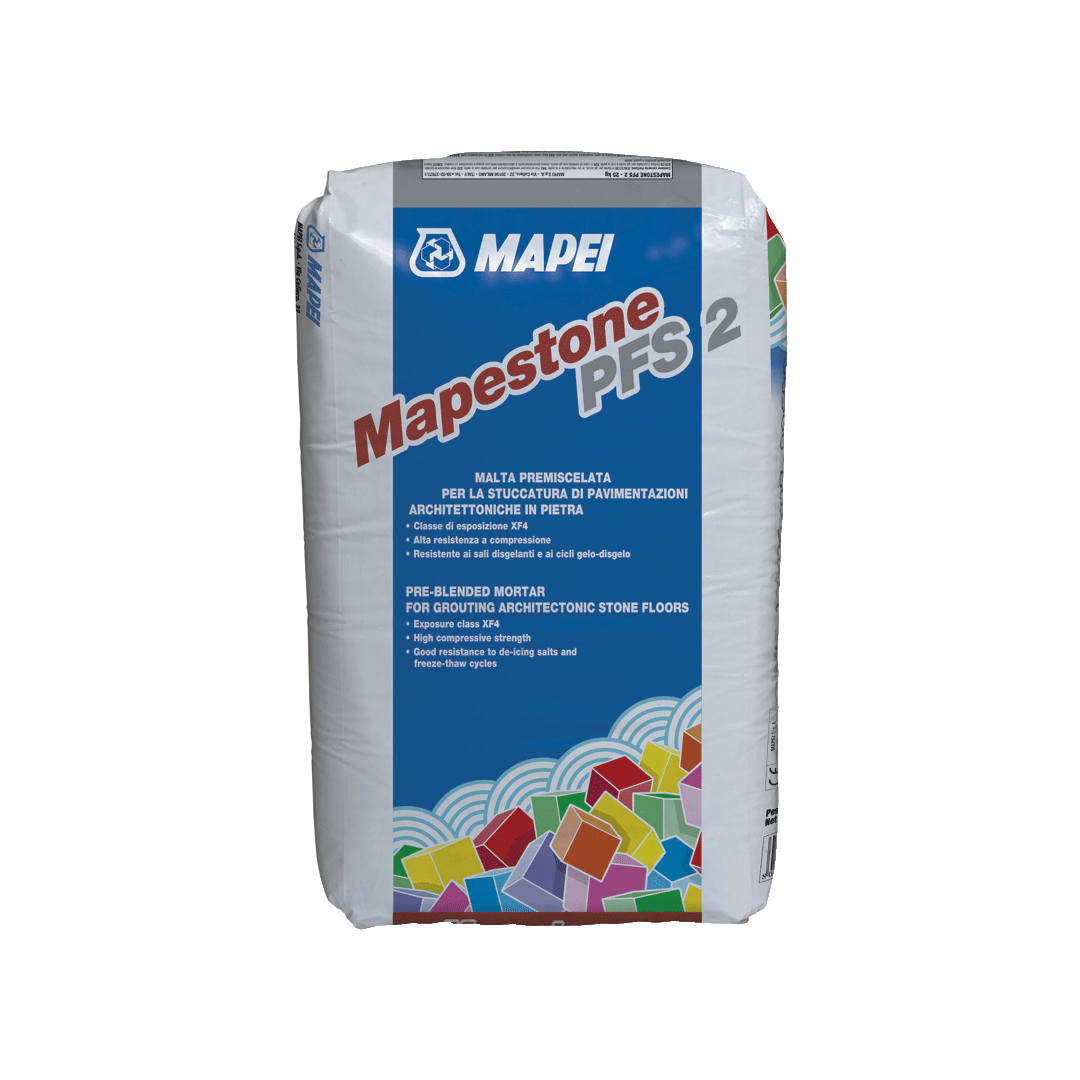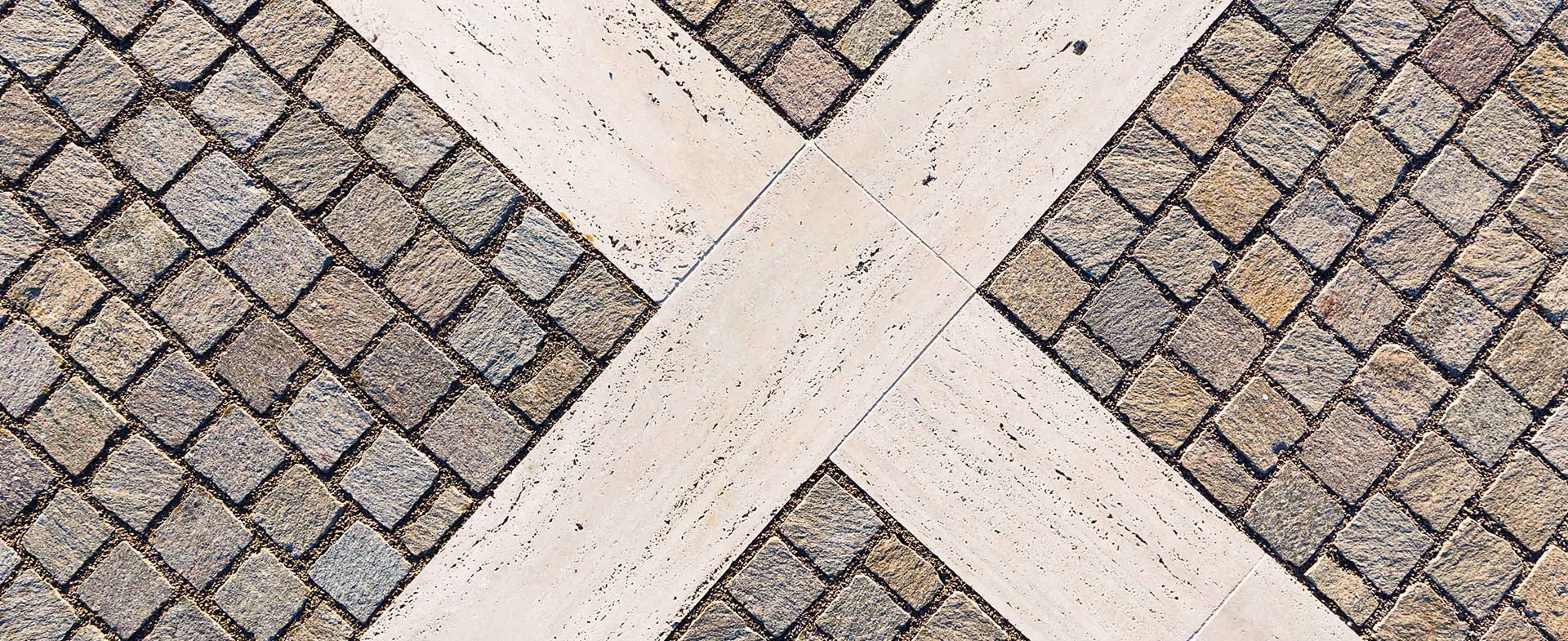
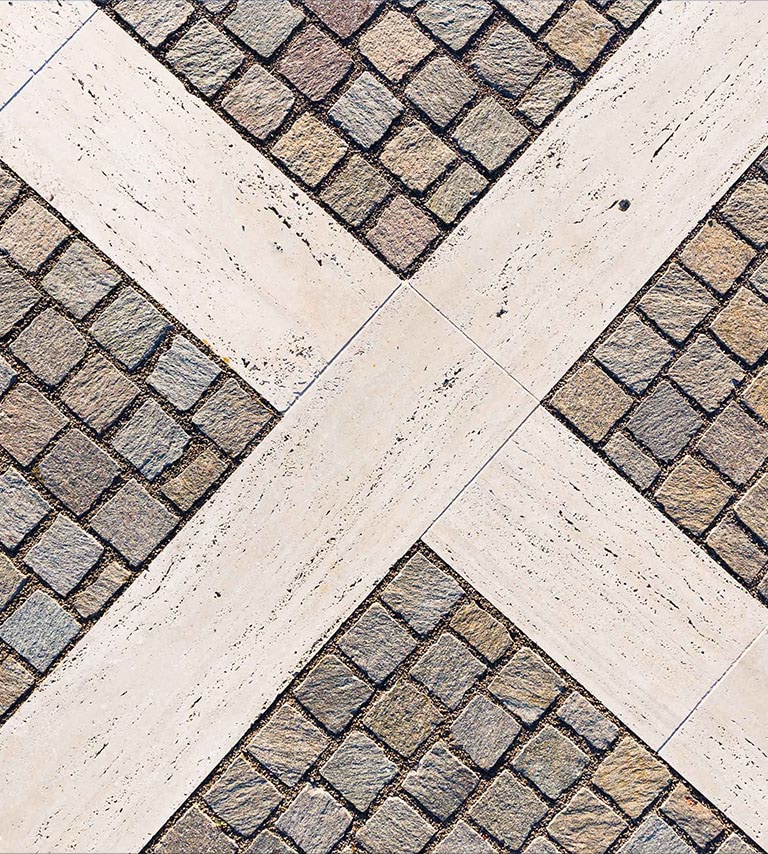
Interviews
/
10/19/2023
PORPHYRY: Ambassador for Made in Italy around the world and an example of sustainability
Andrea Angheben, Director of Italporphyry, Italian Consortium of Trentino Porphyry, talks to us about what makes this stone so unique and so highly appreciated worldwide
To mark Marmomac 2023 Andrea Angheben, Director of Italporphyry, Consorzio Italiano del Porfido del Trentino (Italian Consortium of Trentino Porphyry), talks to us about what makes this stone so unique and so highly appreciated abroad
Mr. Angheben, what makes porphyry so different to other types of natural stone and where can we find its maximum expression?
The distinctive characteristic of porphyry is undoubtedly its natural quarried orientation which derives from the stratified/slab-like conformation of the rock: once it has been stripped porphyry has a rough, flat surface with intrinsic non-slip properties which makes it perfect for paving or for covering surfaces without having to carry out any particular surface treatment.
The main processes carried out on the rough stone are limited to just shearing or sawing the sides to obtain formats squared-off according to the dimensions and type required. From this perspective we can safely say, therefore, that porphyry from Trentino Region (northern Italy) is even more eco-friendly than many other types of stone which, unlike porphyry, need to be extracted from a block, sawn, ground and flamed, so they need to go through a rather complex transformation process. Porphyry in its simplest from – irregular slabs – is ready to use as soon as it is extracted from the quarry. But from an eco-sustainability perspective, I would like to underline that the entire production process, consisting mainly of shearing and splitting quarried stone, needs only a very limited amount of water and is also very conservative when it comes to emissions and energy consumption.
“Porphyry is even more eco-friendly than many other types of stone which need to go through a rather complex transformation process. Porphyry, on the other hand, is ready to use as soon as it is extracted from the quarry”
What activities does Consorzio Italporphyry perform?
The consortium is a company which, for around ten years, has been bringing together a network of quarries that extract and transform Trentino porphyry: a volcanic rock typical of the Trentino area which has become well known all around the world. The consortium takes care of all commercial, marketing and promotional aspects of the product and also provides a number of other services to make our members’ lives easier.
The Consortium, therefore, acts as an intermediary between producers and clients. It has a commercial office and carries out activities such as contacting and negotiating with clients and managing and distributing orders between the various producers according to their production capacity and particular characteristics (colour of the stone, thickness and type of products, etc.). So the consortium coordinates the supply of products from the quarries and their logistics activities.
A complementary task to the commercial activities carried out by the Consortium is quality control of the production which is additional to the individual internal controls carried out by the various member companies. These are specific checks expressly requested by overseas clients, especially when dealing with non-standard formats.
One of the Consortium’s most important activities is also training, which includes the publication of in-depth, informative documents such as the book presented at Marmomac, “Porphyry. Technical guide to a noble stone”, available in Italian and English.
Today’s architects are hungry for knowledge, they want to know how you can treat stone, how to install it, where it can be used, what stratigraphic packages are achievable, etc. And we can provide all the answers. Trentino porphyry has a lot to say and has a long history because, since the last century, stone paving has been a key feature in Italian and European towns and cities and porphyry has been, and is, an undisputed leading player. Thanks to the Consortium we have published a guide to divulge knowledge of this noble stone, how it was used in the past, the studies carried out on this material, but also about the present, supplying tools aimed at those who work with this stone or include it in their projects, and how it should be installed to comply with current standards and procedures. Today there are new needs, new products and new complementary materials for better performing and more durable paving but, at the same time, there is also a further challenge: the environment. In this case, too, porphyry has a lot to say because, as I mentioned previously, porphyry is undoubtedly an eco-sustainable type of stone.
And it is with a certain amount of satisfaction that, from the first and immediate feedback following its presentation at Marmomac, it looks like the “Porphyry” book does meet the needs of the design world when it comes to contemporary natural stone paving.
“Architects are hungry for knowledge, they want to know how you can treat stone, and we can give them precisely this because porphyry has a long history and has so much to say”
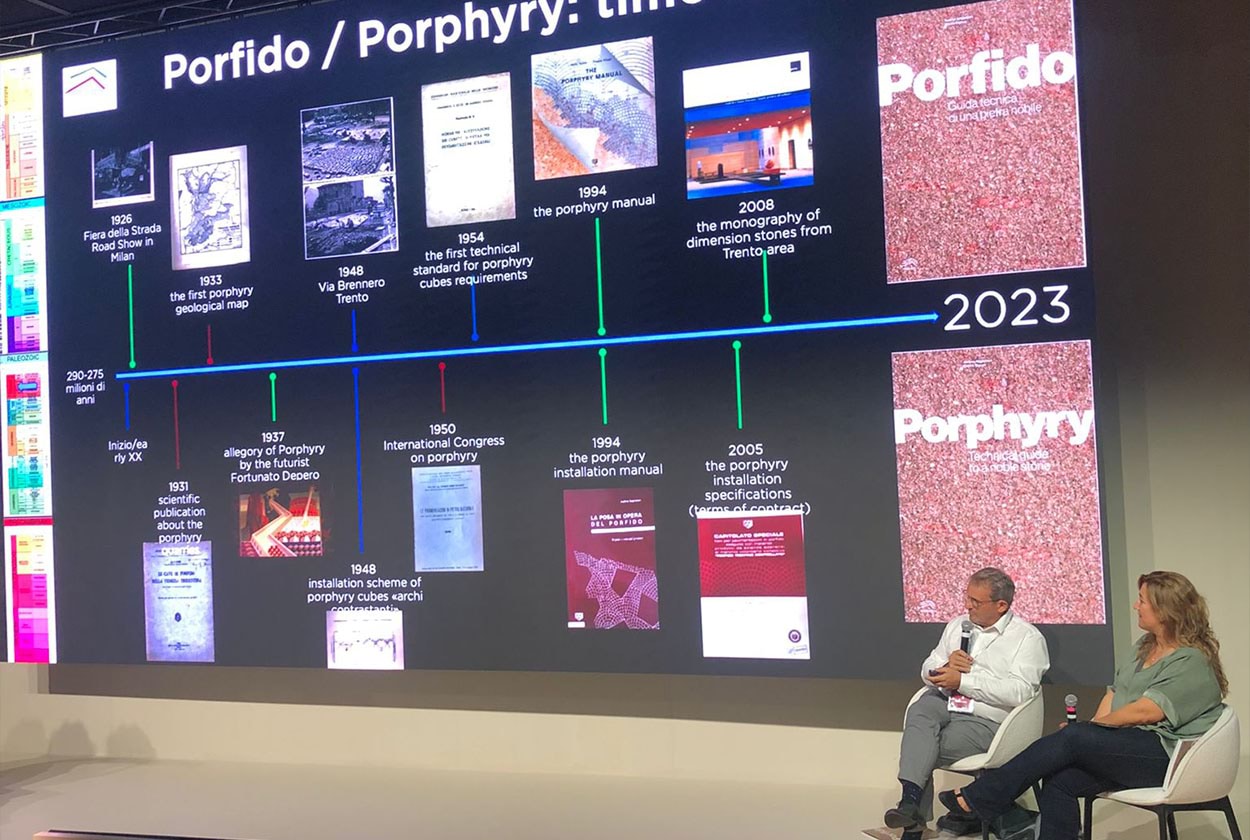
Marmomac 2023 was the occasion for the presentation of the book “Porphyry. Technical guide to a noble stone” co-authored by Andrea Angheben and Grazia Signori.
Have you noticed any particularly interesting developments or trends at this edition of Marmomac?
Marmomac always has something new that you can choose whether or not to take on board. It is an unrivalled meeting point: it attracts people and intermediaries from all around the world, so being present at Marmomac means being part of the stone sector. Not being there means being out of the loop. We only missed the editions “restricted” by the Covid-19 pandemic but we certainly won’t be missing others. More than 50% of our activity is based on exports to more than 45 different countries. So for us the trade fair is fundamental because it helps us dialogue with sector professionals and intermediaries from all around the world and gives us, therefore, the opportunity to showcase our product, which has become increasingly appreciated and increasingly representative of the Made in Italy brand and Italian style.
A few years ago globalisation introduced hundreds of different types of stone to the market, many of which, however, are still looking for precise identity. Trentino porphyry, on the other hand, certainly has an identity, and what an identity, a rich history of studies, expertise and in-depth knowledge not only of the stone itself, but also of the methods and procedures adopted to install the product, as illustrated in the numerous technical manuals and documents published since the 1930’s.
“Marmomac is an unrivalled meeting point: it attracts people and intermediaries from all around the world: being present at Marmomac means being part of the stone sector”
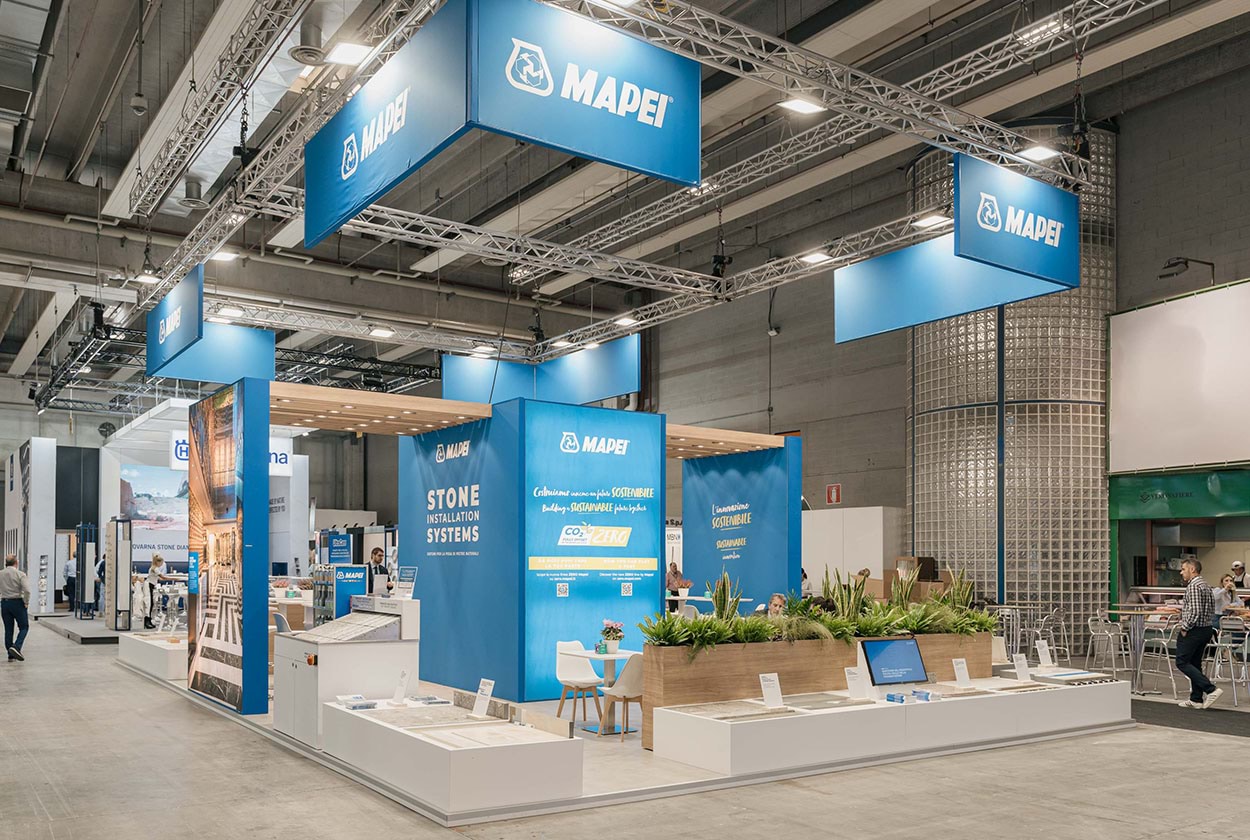
Mapei was also present at Marmomac 2023 with its stand to present the latest products for installing stone materials and stone paving.
Which are the most interesting markets for you?
Amongst the markets where our products are most appreciated we have Germany, France, the UK (which doesn’t seem to have felt the impact of Brexit), Australia, South Korea, Japan and the Middle East. We have a more difficult relationship with the United States because porphyry “lives” off the dexterity of installers and, for our professional installers, it isn’t easy to obtain work permits, even when limited to a single, specific site. East European countries, on the other hand, are very interesting. They are going through a period of strong growth in the construction and stone paving sectors.
How did the partnership with Mapei come about?
It came about with the development of MAPESTONE JOINT when we became involved because of our knowledge of products already present in the Mapei portfolio. It was an ideal collaboration experience because, as a Consortium, we provided all our theoretical and practical expertise, while Mapei provided us with an enormous amount of know-how through its Research & Development Laboratories and technicians. All this enabled us to develop and produce MAPESTONE JOINT in a very short space of time, a new product with performance characteristics perfectly in line with the requirements of projects we were working on at the time. This partnership is constantly evolving because there is constant dialogue with the Mapei Laboratories whenever there are new requirements or new reports from site. Whenever we are asked for consultation we discuss not only porphyry, but also complete installation systems that include high performance installation products such as MAPESTONE JOINT, MAPESTONE PFS2 and MAPESTONE TFB60. Thanks to this collaboration we can provide a whole “stratigraphic package” complete with technical specifications to identify the specific type of paving, highlighting how a durable and high-performance result depends expressly on the use of specific products.
“Thanks to this collaboration with Mapei we can provide a whole “stratigraphic package”: complete technical specifications regarding porphyry paving”
ANDREA ANGHEBEN
Director of Italporphyry, Consorzio Italiano del Porfido del Trentino (Italian Consortium of Trentino Porphyry), Andrea Angheben is probably a unique figure not only on the porphyry scene, but on the stone scene in general. Brought up on a diet of “bread and porphyry” in a family that has fought since 1922 to promote this material, from the very start he combined his university education with his experience of managing an artisanal company dedicated to installing porphyry on both paving and vertical surfaces. A combination of, on the one hand, continuous studies and, on the other, refreshing his knowledge and extensive practical experience, which has led to Andrea Angheben becoming one of the most prominent names in the porphyry sector. Thanks also to his boundless passion for stone and his deep knowledge of materials and procedures, Andrea Angheben has managed to find a point of contact between the language used by sector professionals and the typical language used on site by practitioners, craftsmen and installers. He is also involved in training courses, the drafting of standards and, apart from “Porphyry: Technical guide to a noble stone”, he is also author of “Installing porphyry – rules and practical advice” (1994) and “Trentino porphyry data sheets” (2010), published by E.S.PO.





